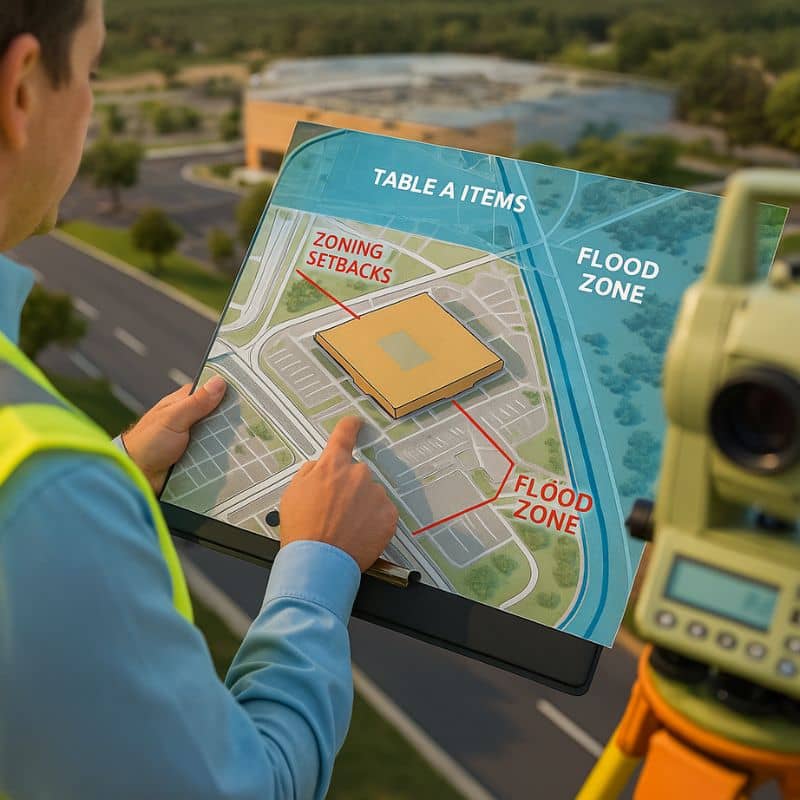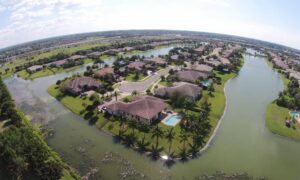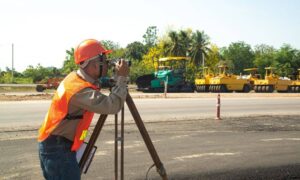
So You’re Getting an ALTA Survey—What’s Actually in It?
If you read our previous post about why ALTA surveys are essential before closing a commercial real estate deal, you already know the basics: they confirm boundaries, reveal easements, and keep everyone—buyers, lenders, and title companies—on the same page.
But now you might be wondering: What exactly is included in the survey?
And more importantly: What’s with all those “Table A” options the surveyor asked about?
Let’s break it down in simple terms.
Beyond the Basics: The Core of Every ALTA Survey
Every ALTA/NSPS survey includes a standard set of details like:
- Property boundary lines
- Building locations
- Easements from the title commitment
- Road access points
- Encroachments or visible use from neighboring parcels
This core info is useful—but sometimes, it’s just not enough. That’s where Table A items come in.
Table A Items: Think of Them as Survey Add-Ons
When you order an ALTA survey, your surveyor will ask if you’d like to include any Table A items—a list of optional items you can choose based on your specific property or deal.
These aren’t fluff. They’re strategic.
For example:
- A lender might ask for flood zone data (#5)
- A developer might want zoning details and parking counts (#1 and #19)
- An attorney may request names of adjoining owners (#13)
Each item gives you another piece of the puzzle—and reduces the chance of being blindsided after closing.
A Closer Look at Popular Table A Items
Here are a few Table A items we see requested the most—and why they matter:
🔹 #1 – Zoning Classification & Setbacks
You’ll need this if you’re planning construction or redevelopment. It confirms how the land is zoned and how close buildings can be to property lines.
🔹 #5 – Flood Zone Classification
Is the property in a FEMA flood zone? That affects insurance and value. This item adds that info to your survey.
🔹 #7 – Building Dimensions
Includes square footage and height. Useful for appraisals, loans, or future construction planning.
🔹 #9 & #11 – Utilities (Visible + Located by Markings)
You can’t develop or dig if you don’t know where power, gas, or sewer lines run. These items show where underground utilities are—and they’re often required by lenders.
🔹 #13 – Names of Adjoining Property Owners
Helpful for access, shared driveways, and potential development negotiations.
🔹 #17 – Use of Adjoining Streets or Alleys
This confirms whether the property has legal access for vehicles or deliveries—huge if you’re running a business on-site.
How Do You Know Which Items to Pick?
This is where collaboration matters.
✔ Talk to your lender. They might already have required Table A items.
✔ Ask your attorney or title company. They’ll know which items are needed for title insurance.
✔ Lean on your surveyor. A good one (like us!) can suggest what makes sense for your property and why.
💡 Tip: Don’t wait until the survey is halfway done to request these items. It’s faster, cheaper, and more accurate to include them in the initial scope.
Do Table A Items Raise the Cost?
Yes, a bit—but they also save you money in the long run.
Each additional item means more time on-site or research in the office. On average, expect $150–$400+ per item, depending on what’s involved. But that’s nothing compared to the cost of:
- A boundary dispute
- A missed flood zone
- A denied permit because you didn’t know your zoning
In commercial real estate, surprises are expensive. Table A items reduce surprises.
When Table A Items Really Matter
Here’s when they make the biggest difference:
- Buying a mixed-use building with limited parking
- Developing vacant land where utility access isn’t obvious
- Refinancing a retail strip where lenders want updated building data
- Purchasing multiple lots where boundaries overlap
Basically, if it’s not a simple, single-parcel lot, don’t skip the extras.
Final Thoughts
An ALTA survey is already one of the most powerful tools in commercial real estate—but Table A items are how you make it work for your exact deal.
They give you (and your lender, attorney, and title company) more confidence, more information, and fewer headaches after the papers are signed.
So next time you order an ALTA survey, don’t just ask, “What’s the cost?”
Ask, “What should I include?”
And if you’re not sure? That’s what we’re here for.
FAQs
1. Do I have to include Table A items?
No, but many deals (especially those involving lenders) require at least a few.
2. Can I add Table A items later?
Yes—but it’s more efficient (and cost-effective) to include them upfront.
3. Are Table A items standardized?
Yes, the list is defined by ALTA and NSPS, but you can customize which ones are included.
4. How do they affect timeline?
Each item adds complexity. A standard survey might take 2 weeks, but Table A-heavy surveys can take 3–4.
5. Who decides what’s needed?
Usually a mix of the buyer, lender, title company, and your surveyor. It depends on what the property is being used for.





